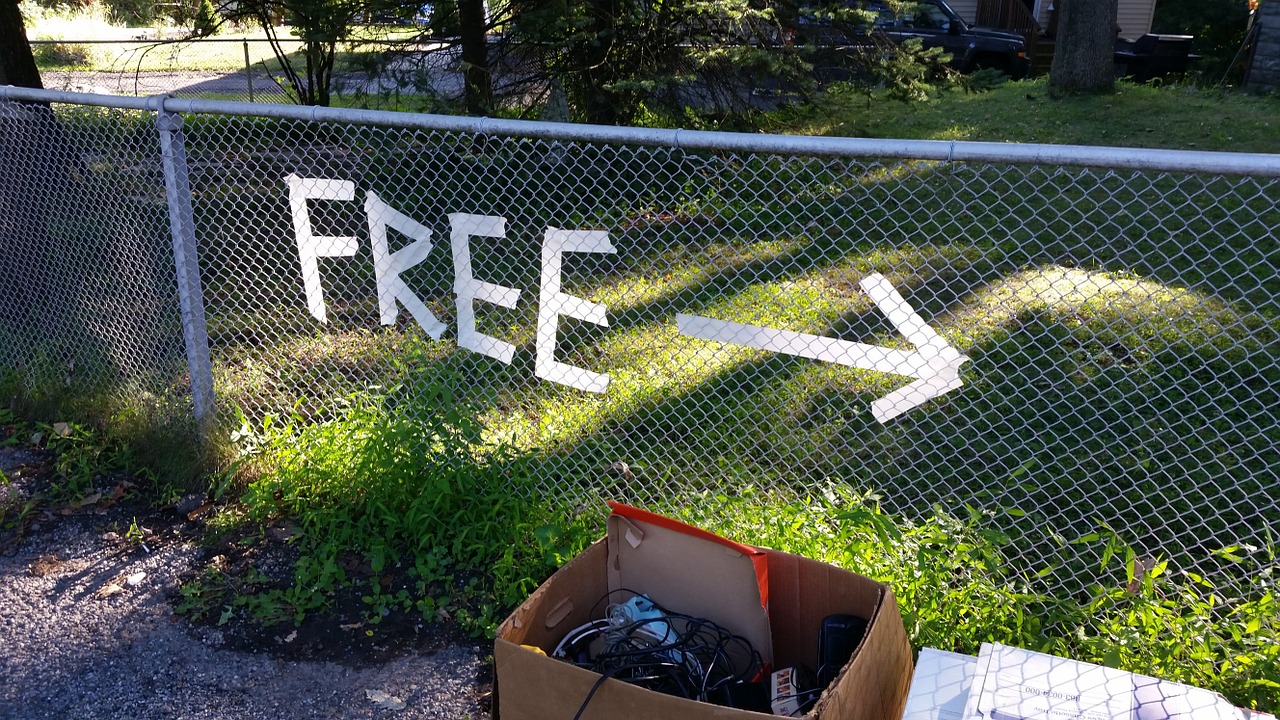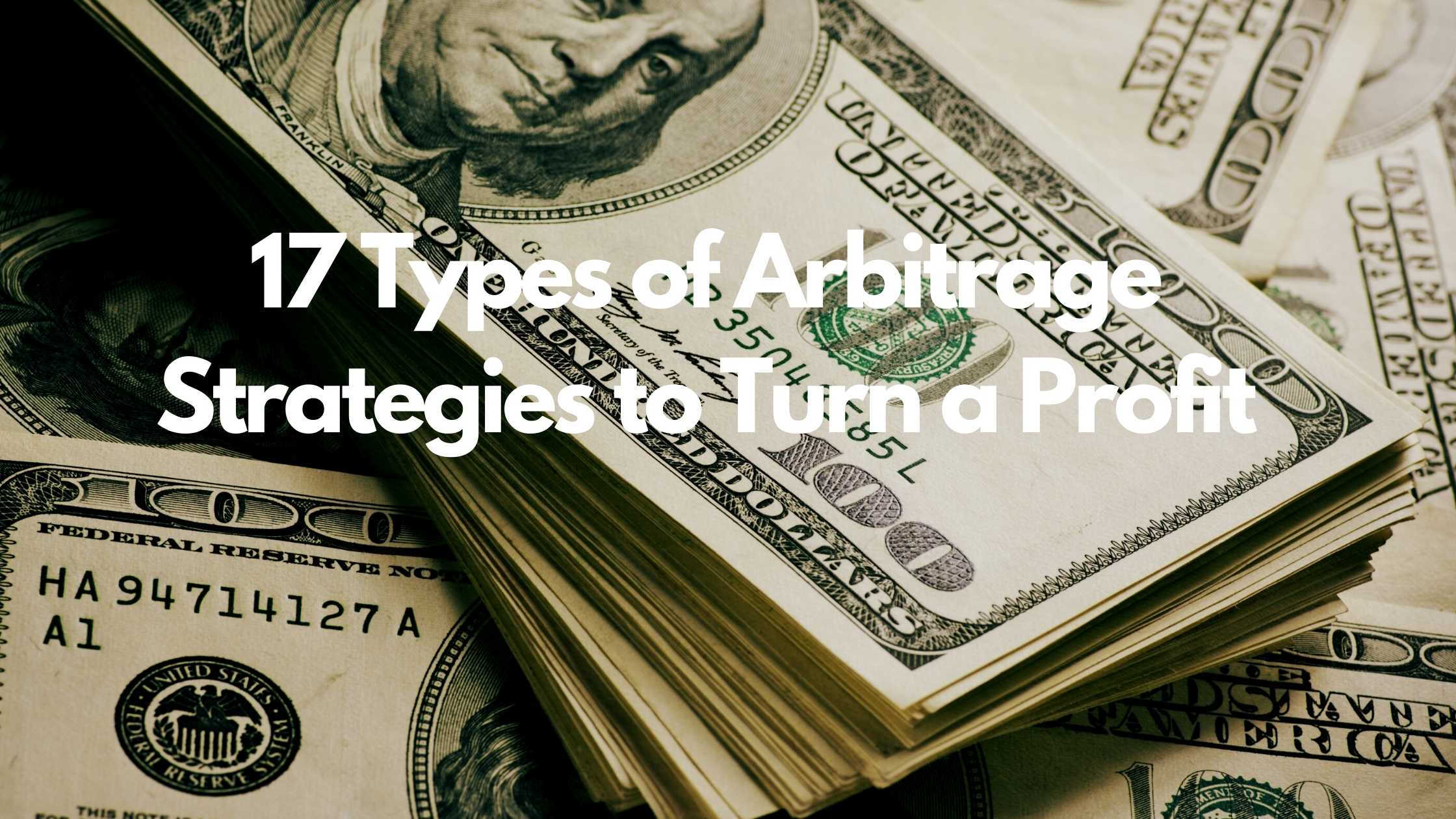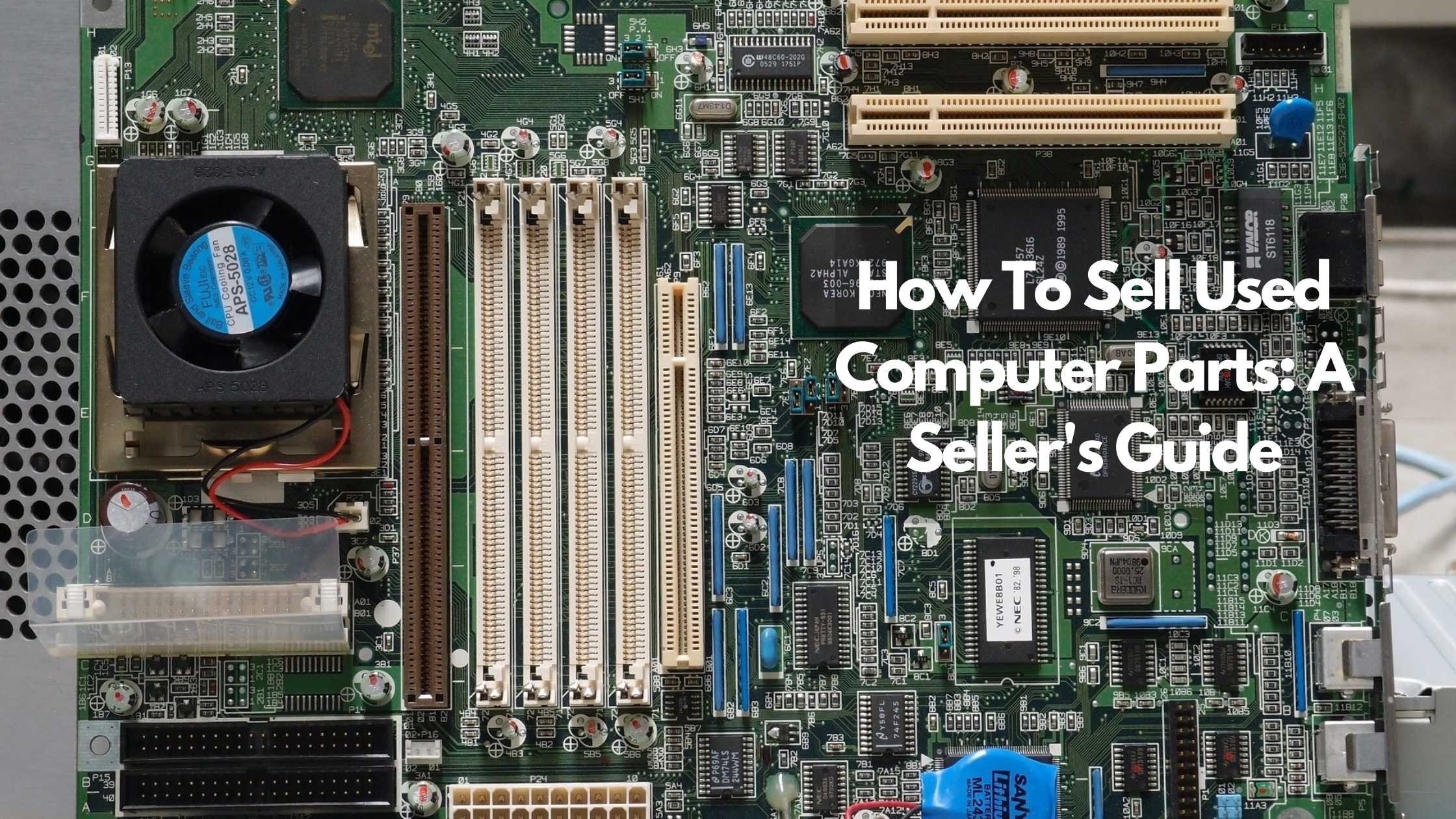
Where Do Thrift Stores Get Their Inventory From?

I have been to many thrift stores and found some items such a good deal. It made me wonder why would people give away such items, when they are worth so much more. So, I did some research into where thrift stores get their inventory from, and put together this helpful article to explain it.
So, where do thrift stores inventory come from? Thrift store inventory comes from donations. Many people have clothes that don’t fit them anymore, or have changed their style. Whereas others enjoy shopping and end up with too many items. As a result, they have to give them away to free up space.
Most people don’t want to donate clothes that they don’t want because they are still in good condition and can be sold. But, they can’t be bothered to sell them online themselves. So, below I will talk about the different motivations that drive people to donate to thrift stores, as well as, whether they make money, if they wash their clothes, and some tips on buying clothes from a thrift store.
Other ways thrift stores get their inventory?
They are non-profit organisations that do it as a philanthropic endeavor. Thrift stores such as Goodwill have special collection bins located throughout certain areas where people can put in bags of used clothes.
Many people outgrow their clothing, or lose weight and their clothing is too big. Other people like to wear clothing that looks newer. As a result, they give away clothes that don’t look brand new. Other people don’t like spending lots of money on clothing as a personal preference, or like the idea or finding bargains.
Some thrift stores may buy bulk lots from resellers if their stock is running low or they are just starting out. Such resellers are companies such as USAgain. Most thrift stores provide their service based on monetary donations from the public. These monetary donations are used to buy the clothing and distribute it to the very needy, and homeless. They do this either by visiting them, or making people aware of the service at soup kitchens and community centres.
Some businesses go into liquidation. This means they need to get rid of any outstanding stock. The stock from companies that have been liquidated are often available to be purchased very cheaply. Therefore, thrift stores often buy clothes for them and then resell them at a profit.
Though, most thrift stores are non-profit, it helps if they do make money on their clothes. This is because the very poor and homeless are not the only people who go to thrift stores. Sometimes average income people or even people with high incomes will go there because they don’t like spending lots of money on clothes as a personal preference.
There are also thrift stores which operate as consignment stores. An example is Swap.com. Consignment stores sell secondhand clothing on behalf of other people. People are incentivized to use consignment stores because these stores get many people who go to their stores everyday.
This means the person trying to sell their used clothes doesn’t have to try to find people to buy them, they can just use a consignment store who looks after everything for them. They then receive the money from the consignment store. This is another place that thrift stores get their clothing from.
Do thrift stores make money?
According to Firstresearch.com, the US resale industry generates about USD$17.5 billion a year in revenue. Revenue is what is earned before other business costs are deducted. This indicates that if every person living in the USA spent money on thrift stores they would spend USD$8 each per year. It is the case that no everyone buys things from thrift stores, but it gives you a rough estimate of how much a person spends at a thrift store each year.
This number does not necessarily indicate people who buy the items for their own use, because many people buy clothes at thrift stores and then resell them on their own stores, or to consignment stores to make a profit. This is because in thrift stores you can often find items discounted by 90%. Therefore, if they sell them at only a small markup they are making considerable money on their investment.
It was shown by Thredup.com that 25% of Gen X’ers (people born between 1970 and 1980) shop at resale stores, which includes thrift stores, and 30% of millennials (people born in the 1980s and 1990s, also called millennials) shop at thrift stores. This gives an idea of what percentage of people shop at thrift stores.
Can you donate unwashed clothes?
You can donate clothes that are unwashed but some thrift stores might not allow it. Goodwill does not wash clothes before they are put on display but they spray them with a deodorizer. Smaller thrift stores run by churches and community organisations, will sometimes accept unwashed clothes, and have washing machines and dryers in their store. Therefore, you should inquire about the specific store you are intending to donate to.
There are many clothing bins throughout many major cities where you can put used clothes in for collection. You can also place unwashed clothes in them. If soiled clothes are donated to them they are thrown out when processed and sorted. They will also discard items that have a strong smell such as cigarette smoke or chemicals. This is because the smell cannot be hidden by deodorizer.
Is thrift shopping sanitary?
It may be possible that there are insect eggs in thrift store clothing. These eggs can be transferred to your body when you try them on, or brush past them. This rarely happens though and the risk of getting lice, bed bugs, or scabies is quite rare. Where it happens a lot a thrift store will likely change their operating procedures in response to numerous complaints. This is done to avoid getting shut down for health and safety reasons.
The different seasonal cycles can lead to some conditions where a large infestation of bugs can occur. This has been seen in certain States where there was an outbreak of bedbugs or similar in certain years. This can largely be unavoided though regardless of whether you shop in thrift stores or not.
Many thrift stores do not wash their clothes. This means that it is possible to catch a fungal infection such as the common athletes foot from certain items. The best practice when shopping at thrift stores is to disinfect any items you buy. You should also shower soon after trying on clothes from a thrift store, to reduce the risk of getting an infection.
Some thrift stores will wash clothes before putting them on display or have a policy of not accepting unwashed clothes. However, anecdotal evidence from previous employees of Goodwill and the Salvation army suggests that they do not wash their clothes before putting the up for display. Which gives further weight to washing clothes you buy from a thrift store.
As with all retail shopping, you will purchase clothes that have been tried on by other people, but the risk of catching anything is very low.
Conclusion
Thrift stores get their clothes from donations, consignment stores, liquidation sales, and yard sales. Most thrift stores are non-profit and provide their service to the needy in the community. They don’t necessarily brand themselves as such and people from all walks of life shop at thrift stores. Thrift stores offer their service based on monetary donations, and don’t necessarily make money from their stores. Some thrift stores specifically do it to make money.
Shopping at thrift stores can pose a small risk of getting lice, bed bugs, scabies, or fungal infections. Best practice is to wash clothes with disinfectant before wearing them.
Recommended Blog Posts:
- How to use Sheepbuy?
- Thrifting for profit.
- 50 products you need to sell online from home.
- Top 7 Things to Look for at Thrift Stores to Resell (Thrifting Secrets)
Sources
TRENDING


Online Arbitrage for Beginners (Step-by-Step Guide)

17 Types of Arbitrage Strategies to Turn a Profit

Is Retail Arbitrage Legal?

How to Turn Textbook Arbitrage into a Business for Profit

How Can You Tell if a Book is a First Edition?

What to Do With Your Jigsaw Puzzle When Finished?


